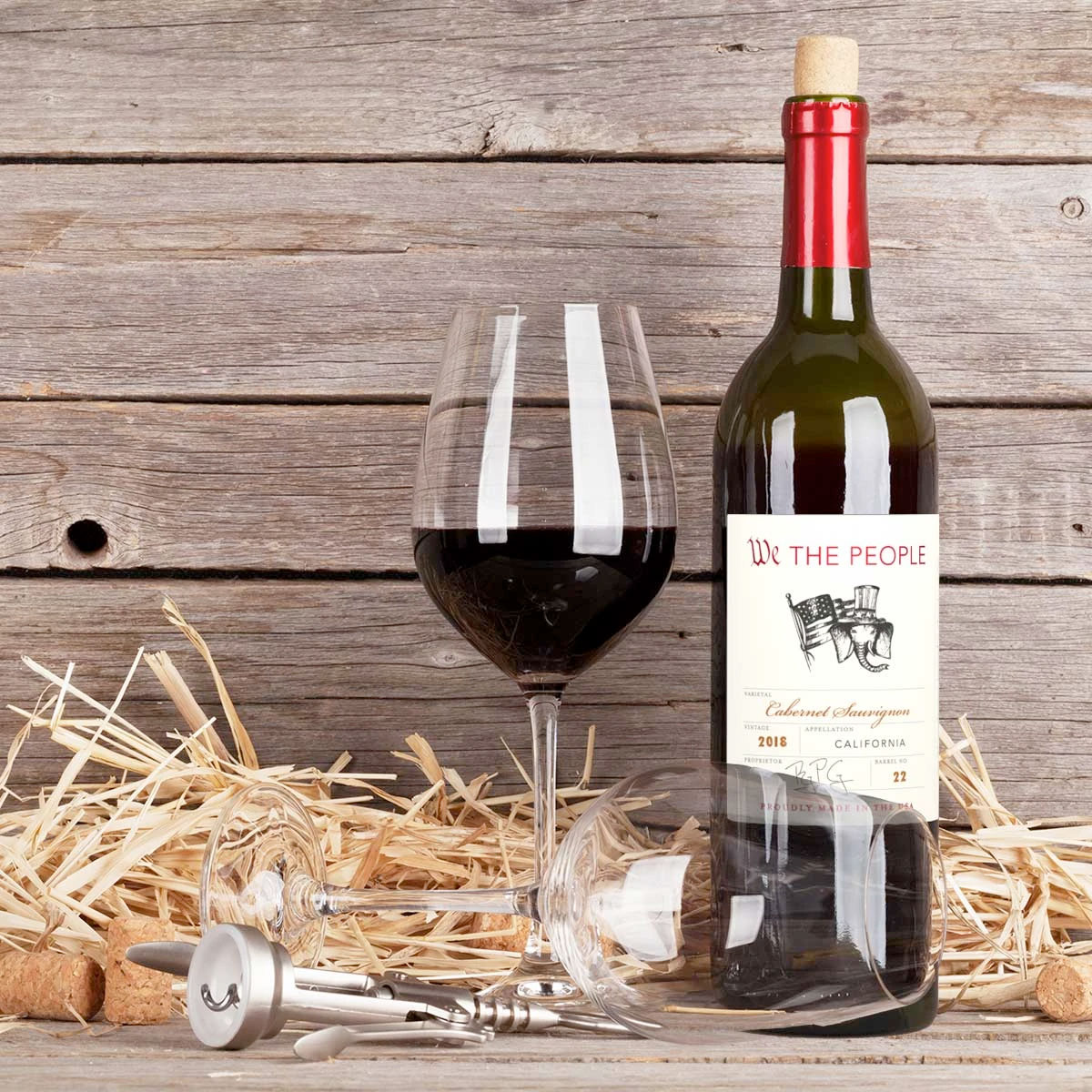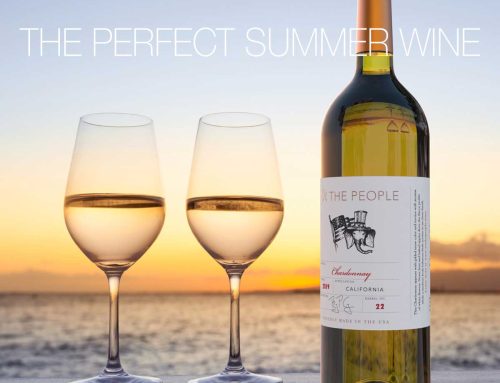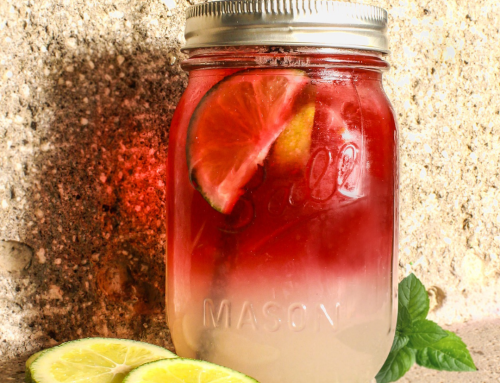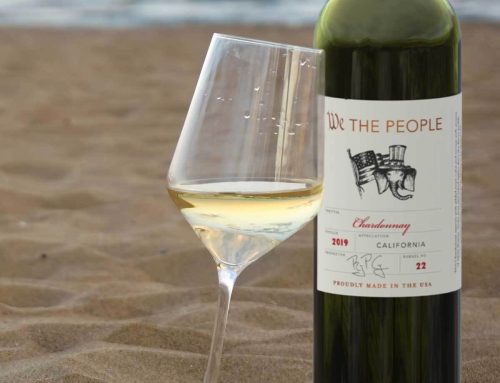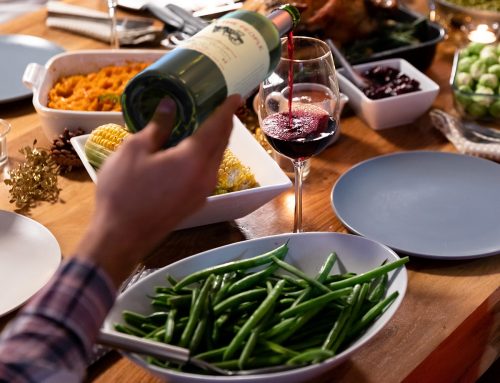Have you ever wondered why dry wines should always be sampled before sweet wines during a wine-tasting?
The sequence in which we sample wines often modifies our perceptions due to adaptations to the earlier tastes. For example, if a sweet wine such as a Vidal Blanc or Riesling is tasted before a dry red wine, the dry wine’s tartness will be exaggerated by the sweetness of the wine tasted prior.
In order to experience and taste the individual notes and finishes of each wine, wineries typically follow a tasting sequence that mimics the following:
1) white before red
2) dry before sweet
3) young before old
4) modest before fine
5) light-bodied before full-bodied
6) light young red before full-bodied, sweet white
It’s also important to remember to cleanse your palette before each tasting. Many wineries will also encourage you to clean your wine glass with water before transitioning from dry to sweet wines. This is probably one of the worst mistakes you can make during your wine tasting.
Heed our warning:
DO NOT rinse your glass with water prior to transitioning to sweet wines. Instead, ask the sommelier (wine pourer) to pour a small amount of sweet wine into your empty glass and swirl it around until you have thoroughly coated your glass. Next, simply pour the wine out. When you use water to clean your glass, it changes the PH of the next wine you taste, and dilutes the wine by leaving a chlorine taste or aroma in your glass.
If you feel obligated to practice your wine tasting skills we recommend tasting our 2018 California Cabernet Sauvignon which boasts a deep ruby and purple hue with flavors of blueberry and cherry prior to tasting our 2019 California Chardonnay. Our Chardonnay invites aromas of white flowers, while the stone fruit and baked apples drive the flavor profile. The Chardonnay’s medium body balances fresh acidity in its clean finish.
As always, let us know what you think by emailing us at support@wethepeople.wine. We would love to hear your thoughts and opinions!
